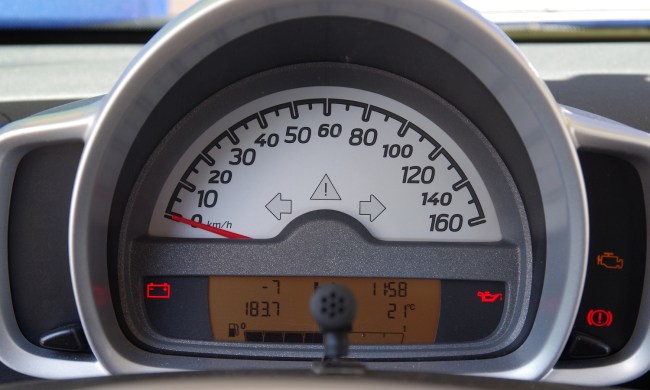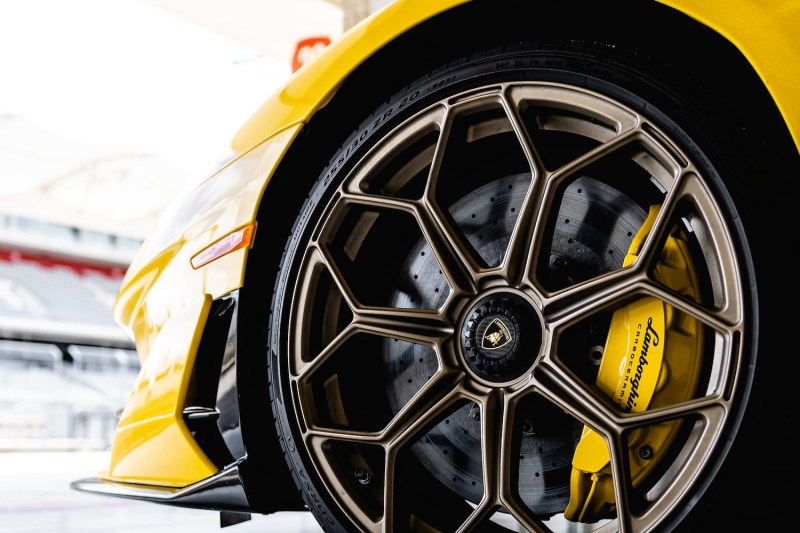
The car tires are often the most overlooked part of a vehicle. Despite being tasked with literally keeping your car on the road, most owners pay more attention to a car’s engine, fluids, or brakes. Without tires, your car wouldn’t be able to get down the road, making them just as important as gas and oil. Just like any other part of your car, tires need to be maintained. Luckily, tire maintenance is a DIY process that’s easy to do and can help you avoid tire repair service.
If you’re the kind of person who changes your car’s oil, then you’ll probably have all the tools you need to maintain your car’s tires. Gather them after organizing your garage. You’ll want to get into a habit of regularly checking your car’s tires. Whether it’s after every car wash or every season, maintaining your car’s tires helps keep you on the road and out of a ditch.
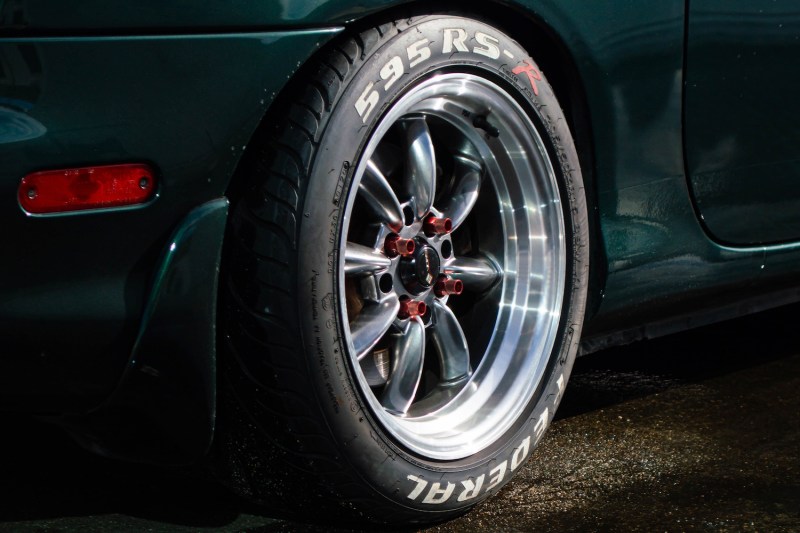
What does the tire maintenance light mean?
The majority of car owners won’t even think about their car’s tires until they get a warning light in the instrument cluster. The yellow exclamation mark in the middle of what looks like a teapot isn’t usually as bad as a check engine light, but you shouldn’t ignore the light for too long.
The yellow light is a warning for your car’s Tire Pressure Monitoring System (TPMS). When the TPMS light comes on, it usually means one, multiple, or all of your car’s tire pressure is off. Some TPMS lights only come on when the pressure is low, while others come on when they’re low or high. Either way, the light is a warning to let you know you need to look at your tires.
It’s dangerous to drive with under-inflated or over-inflated car tires. Overinflating your car’s tires can result in decreased traction, a poor ride, and premature wear, while under-inflated tires could mean decreased fuel economy, high tire temperatures, and less responsive tires.
Sometimes, your TPMS light comes on when a TPMS sensor is malfunctioning. If that’s the case, you’ll need to get the culprit replaced.
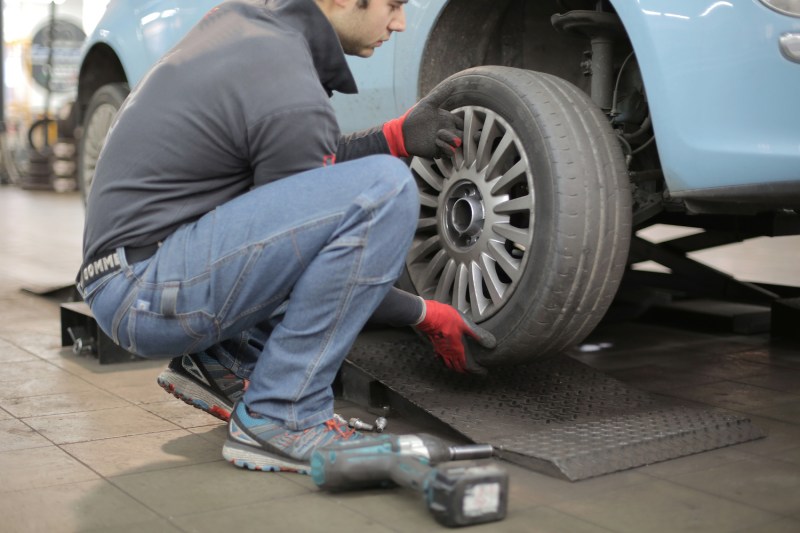
What is proper tire maintenance?
Proper tire maintenance is ensuring your car’s tires are in good condition. While that sounds simple, it requires a few steps. You’ll have to make sure your tires have the right amount of air, don’t have any signs of wear, your car’s TPMS light is off, and your tires are protected from daily use. Proper tire maintenance boils down to the following tips.
Know how to read your car’s tires
The first step of tire maintenance is to understand the numbers on the side of your tire. Most tires have a combination of 12 letters and numbers on the side that correlate to vehicle type, size, construction, diameter, load index, and speed rating. While your car can hit 155 mph, your tires may be rated at 100 mph. That’s a high payload capacity. It might not be that high with the tires your car has.
Check tire pressure
To check tire pressure, you need a tire pressure gauge. If you want to make your life easier, you can get a tire inflator, which comes with a gauge and is a do-it-all machine to keep in your garage. It’s a good idea to get a traditional tire pressure gauge to keep in your car in case of an emergency.
Look for signs of wear
This step is fairly simple. All you have to do is look at your car’s tires and search for scratches, gouges, bubbles, or cracks in the sidewalls. Some are signs that your tires are old, while others point toward damaged tires. Either way, you’ll want to replace them.
Complete tire rotations
Depending on where you get your new tires, you may be able to get a tire rotation for free. If not, you’ll want to follow your owner’s manual or tire manufacturer’s recommendation on when to complete tire rotations and what direction to rotate your tires. Usually, tire rotations have to be completed every 5,000 to 10,000 miles.
Use the right tires
Getting the right tire sounds straightforward, and it is, once you know how to read the sides of your tires. However, where you live and your driving habits also play a large role in getting the right tires. If your car is primarily a commuter vehicle, you should find tires that hold up well to long highway treks. If you have a sports car and enjoy track days or racing down your favorite windy road, know that you’ll wear through your tires quicker and you’ll pay a higher price for sticky tires. Do you have to deal with snow and cold climates? Consider a pair of dedicated winter tires.
Clean the sidewalls
Cleaning your tires is an easy way to maintain them. Putting on a high-quality tire shine regularly is a good way to keep your tires protected from everything they come into contact with. From dirt and rocks to the sun, a good tire shine can keep your tires in good shape and looking good.
Keep an eye on tread depth
Your tire’s tread depth is an indicator of how much rubber is actually touching the road. New tires have an average tread depth between 10/32 to 11/32 inches. As you drive, the tread on your tires wears down. States that have safety inspections have a minimum legal limit for tread depth. In most states, it’s 2/32 of an inch, which you can test with a penny or a tire tread depth gauge. Anything below that amount of tread and you’re gambling with your life.
Don’t overload your car
Overloading your vehicle puts additional pressure on your tires. Keeping your load to what your tires can handle will help you maintain your tires.
Park in the shade
Sun exposure isn’t good for car tires and will help accelerate the age of your tires. The sun’s UV rays can break down the rubber compounds in tires, making them brittle and prone to cracking. This can lead to leaks, blowouts, and even tread separation. The heat also accelerates the chemical breakdown process caused by UV rays. When parked in direct sunlight, tires can get much hotter than the ambient temperature, further increasing degradation. So parking in the shade whenever possible is highly recommended.
Know what’s inside your tires
If you have a green tire cap on your tires, it’s a good indicator that nitrogen is inside your tires. Even if you have nitrogen, you can put air into it, but try to find a place that has nitrogen for you to use if your tire is close to flat or needs a lot of air.
Don’t ignore a TPMS light or tire rating
The numbers on your tires are crucial, as is your TPMS light. From the maximum weight the tires can handle to the highest speed you can safely hit, the numbers mean a lot and you have to respect them. You also have to respect your car’s TPMS light. When the light comes on, you have to see if your car’s tires are overinflated or underinflated. Ignoring a TPMS light can have some dramatic effects on your car’s handling, fuel economy, and performance.
Get your tires replaced when needed
Yes, tires are expensive, but they’re the only thing keeping your car on the road. When it’s time to replace your tires, don’t hesitate to do so. And ensure you get the right tires for your vehicle and your driving habits.
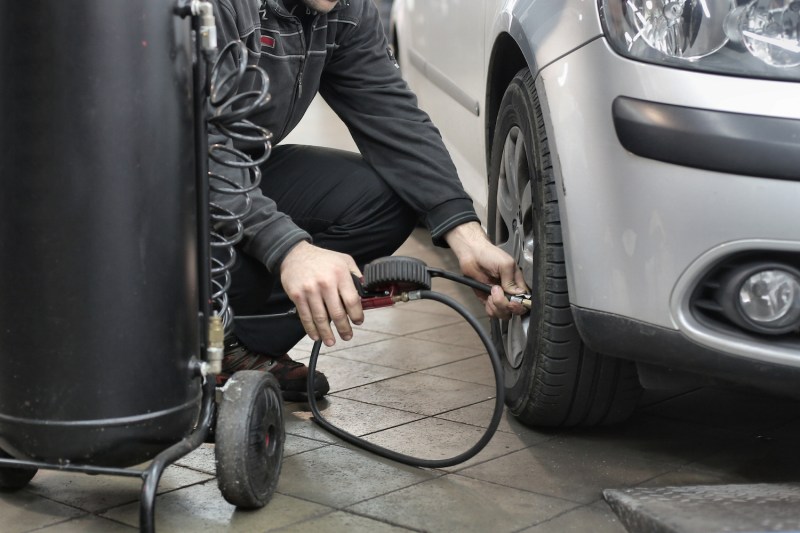
How often should you maintain your tires?
A good rule of thumb for tire maintenance is every season or quarterly. Usually, your TPMS light will illuminate after a really cold night, as the tire pressure in your tires drops with the weather. That’s normal. What’s not normal is waiting for your TPMS light to come on to maintain them.
Get into the habit of checking your tires regularly — after car washes, after oil changes, after you change your engine air filter, before a long road trip, or whenever you have a few minutes. At the least, you can check the tire pressure, look and feel around the tires for any problem areas, and put some tire shine on as part of a monthly maintenance plan.
You should complete tasks, like tire rotations, on a strict schedule, but most service shops will complete tire rotations for free after you get new tires at the shop. Wheel or tire alignments should be done when you get new tires — yes, get it done, don’t be cheap — or when you notice your car doesn’t go in a straight line when you’re holding the steering wheel straight.
Taking care of your tires is one of the easier ways to care for your car. For people who change their car’s windshield wipers, tire maintenance is a breeze. Maintaining your car’s tires will help you extend your tire’s life span, save you money on fuel, and keep you safe when you’re behind the wheel. More than anything else, a good set of tires will keep you on the road, but ignoring your tires could result in you winding up in a ditch. That’s a good enough reason to maintain them regularly.


